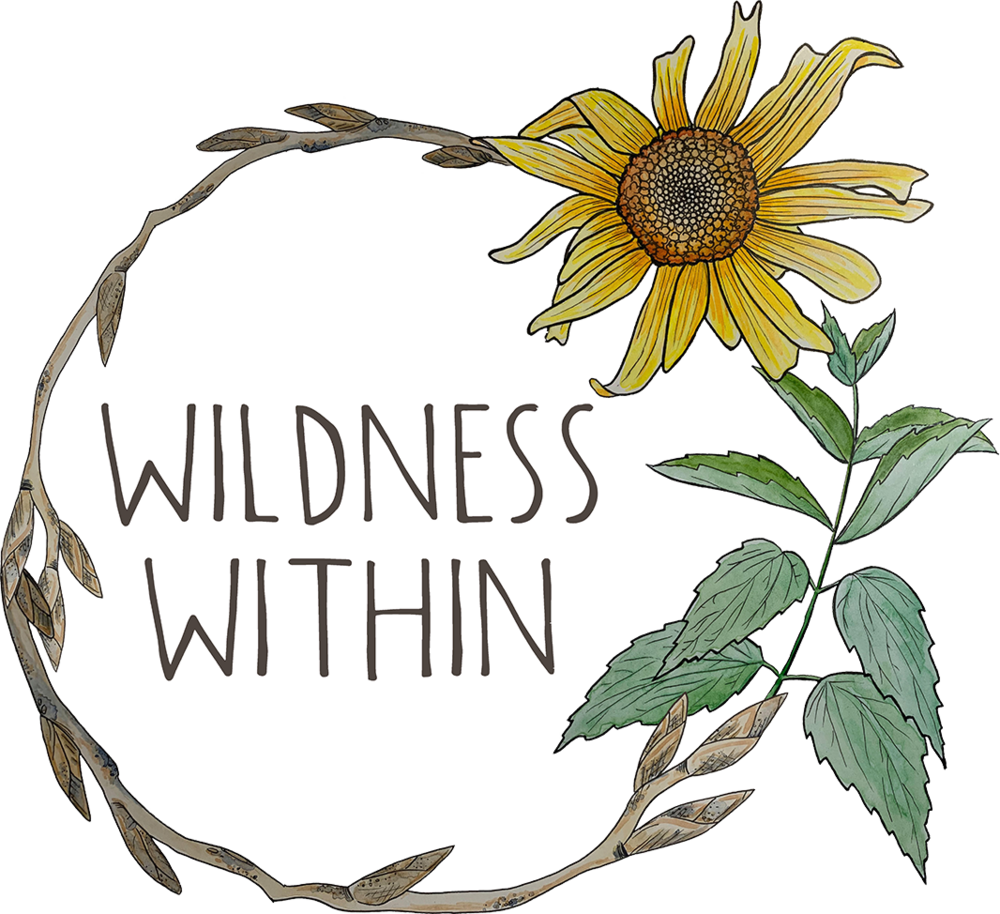The Black Walnut dye solution is one of my favorites. Yes, it is “another brown dye” AND it has the ability to dye various fibers various shades of brown. I’ve dyed buckskins, wool and cotton and have seen colors from a rich dark brown all the way to a brassy yellow. What more can you ask for?!
There are a few ways to make the dye solution. One way is to use the whole walnut (hull, shell and nut). Another way is to scrape the hull from the walnut shell (as mentioned here). And if you happen to scrape the hull off from the shell and nut (hopefully, saving the nut as a food source), you can either use the hulls fresh or dry them and use them at a later time. I will address making both fresh and dry dye solutions…
Fresh Hull Solution:
6 lbs. Walnuts PER 5 oz. of fiber**
Put the hulls or whole walnuts into a 5-gallong plastic bucket. Fill bucket with water until the hulls/walnuts begin to float. Cover the solution with a fitted lid and let soak for about 3 weeks. The solution will start to ferment, become dark brown and slightly sludgy. Once it gets to this point, pour the solution into a vat and bring to a boil for about one hour. Strain out the hulls/walnuts (keeping them for another dye solution), and return the liquid solution back to the heat. At this point you can add your fiber (that is washed but does NOT need a mordant) once the liquid dye is almost to a boil. Let the fiber soak in the solution on medium-low heat for 60-90 minutes. If you want a richer color, leave the fiber in the solution overnight.
After this first heating solution, you can return the strained hulls/walnuts to the liquid solution and let soak for a longer time and be re-used. When you want to dye more fiber, heat the mixture, strain, heat the liquid and dye again. This process can be repeated multiple times until you’ve exhausted the color.
**This ratio is recommended by Rebecca Burgess, author of "Harvesting Color; How to find plants and make natural dyes".
Photos by Rachael WItt
Dry Hull Solution:
This dye solution will equate to two times the size of your vat. For instance, our vat holds about 5 gallons of solution, so we are getting about 8-10 gallons of solution.
1. Fill half of vat with dried hulls and cover with water until the vat is filled.
2. For the first round, bring mixture to a boil for about 30 minutes, then strain the solution (saving the hulls for another round of solution).
3. Repeat steps 1 and 2, using the hulls from the first round.
4. Squeeze the solution from the hulls when straining. Sometimes we will let the straining bag hang overnight and then do the second boil the following day. By letting the hulls sit and strain as well as squeezing the liquid out, we are getting a thick solution.
5. If you are bark-tanning, you would do this process a third time. For a great article and break down on how to bark tan, click HERE (https://www.braintan.com/barktan/1basics.htm).
6. If you are making a dye solution, you can combine the two rounds OR leave them separate and have two different color strengths of solution to dye with…
7. Put your dye solution in a bin/container that will allow your fiber enough space to lie as flat as possible and minimize folds.
8. Keep fiber in dye solution for a week (or more), stirring it multiple times daily.
9. Take fiber out when color is to your liking (know that the color you are looking at will be darker because your fiber is wet.)
10. Rinse the fiber with cold water until the water runs clear.
11. Dry out and wear or make something!
Buckskin, before Black Walnut Dye.
Buckskin, after Black Walnut Dye.





